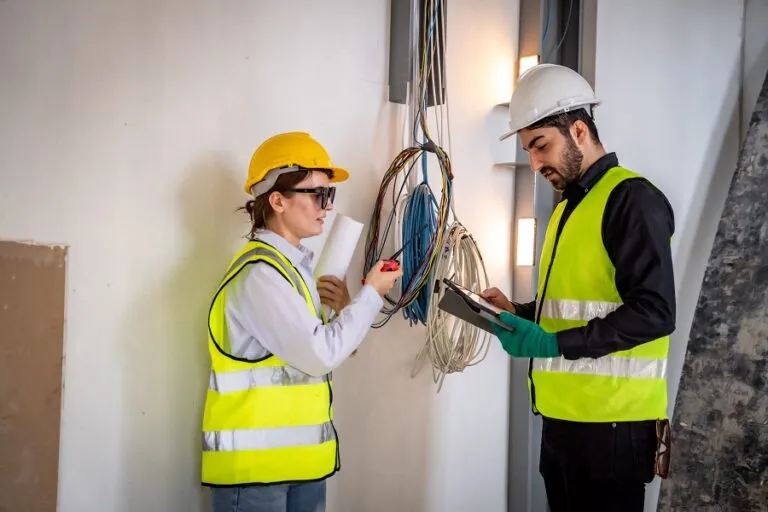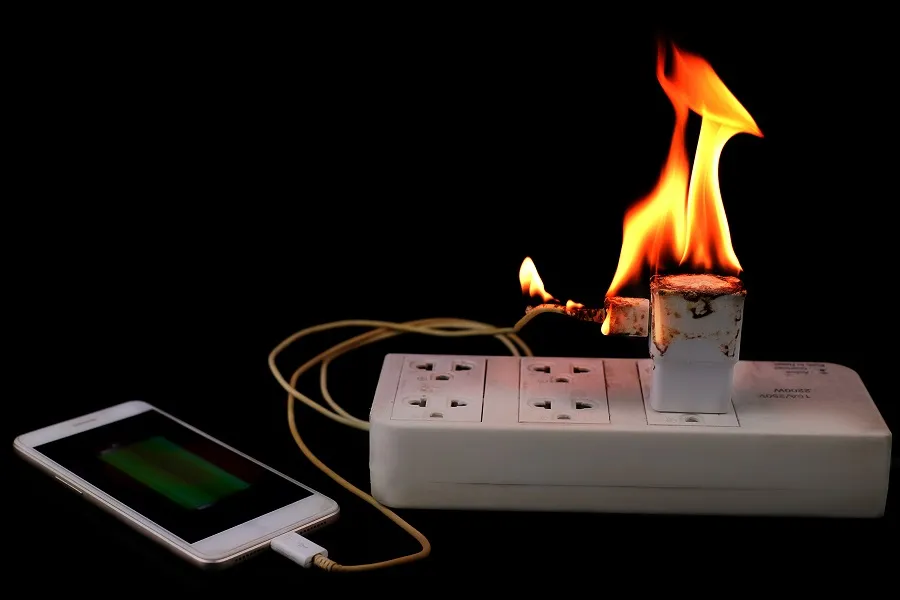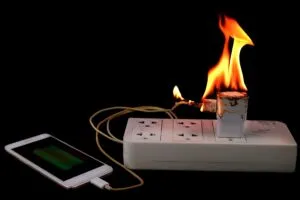Across the diverse landscape of American and Canadian industries, from the heat of construction sites to the dynamic environment of corporate offices, the constant threat of electrical hazards looms large over workplace safety. These nations, renowned for their rigorous safety standards, adopt proactive and detailed approaches to minimizing electrical risks in the workplace. Yet, the persistence of electrical accidents serves as a stark reminder of the need for constant vigilance.
The Framework of Safety: Electrical Regulations in North America
The commitment to electrical safety in the United States and Canada is grounded in a series of stringent standards and regulations. In the U.S., the National Electrical Code (NEC) serves as the foundation for electrical safety in residential, commercial, and industrial settings. Similarly, Canada adheres to the Canadian Electrical Code (CEC). Agencies such as the Occupational Safety and Health Administration (OSHA) in the U.S. and the Canadian Standards Association (CSA) in Canada play critical roles in establishing guidelines that protect workers, advocating for a unified approach to safety across provinces, states, and territories. These regulations are dynamic, evolving with technological progress and insights gained from past incidents, to ensure a thoroughly modern and comprehensive safety framework.
Unmasking the Hazards: Common Electrical Dangers
Despite the strict regulatory environment, electrical hazards present in various forms across workplaces. Faulty or outdated wiring, concealed within the infrastructure of older buildings, poses a silent but significant threat. Overloaded circuits, a frequent occurrence in tech-heavy offices, push electrical systems beyond their limits. The improper use of extension cords and the dangerous combination of water and electricity in specific settings amplify the risk landscape. Furthermore, neglecting regular maintenance schedules can escalate minor issues into major catastrophes, underscoring the importance of preventive actions.
Lessons from the Field: Case Studies of Electrical Incidents
The industrial histories of the United States and Canada are marked by electrical incidents that serve as grim reminders of the stakes involved. Whether it’s a fire sparked in an overcrowded workshop or the tragic electrocution of a worker due to insufficient oversight, these cases are not just statistics. They tell the human stories behind the hazards, revealing overlooked warning signs, underappreciated risks, and moments when alternative decisions could have prevented disaster.
Building the Bulwark: Prevention and Mitigation Strategies

At the core of workplace electrical safety is a proactive approach to risk management. Performing detailed risk assessments enables businesses to identify potential dangers and devise specific control measures. Incorporating safety protocols into employee OSHA training and ensuring access to necessary safety and personal protective equipment (PPE) provide essential defense mechanisms against electrical injuries. Moreover, cultivating a culture of safety through ongoing training and awareness initiatives ensures that every employee possesses the knowledge to manage the risks associated with their duties.
Emerging technologies pave new paths for mitigating electrical hazards. Innovations like automated circuit breakers and ground fault circuit interrupters (GFCIs) offer advanced protection against accidents. When combined with traditional safety measures, these technological solutions create a robust defense against electrical dangers.
The Human Element: Training, Awareness, and Culture
The essence of electrical safety is the human element: the worker’s awareness near live circuits, the electrician’s adherence to safety codes, and management’s dedication to enforcing safety standards. Training and awareness programs are crucial, providing individuals with the skills to identify hazards and react appropriately. A culture of safety, where each person feels accountable not just for their own safety but also for their colleagues’, is the ultimate aim. This culture is nurtured not only through formal policies but through a collective commitment to prioritizing safety above all else.
Navigating Emergencies: Preparedness and Response
Despite stringent safety measures, emergencies can still occur. Being prepared is essential, requiring ready access to first aid and firefighting equipment, along with training in their effective use. Evacuation plans, emergency contacts, and regular drills ensure that when the unexpected happens, the response is prompt and coordinated, minimizing injury and restoring safety as quickly as possible.
A Call to Action
Electrical hazards in workplaces across the United States and Canada pose complex challenges that demand multifaceted responses. The regulatory frameworks provide the foundation, but real safety outcomes hinge on the practical application of these guidelines. Every stakeholder, from electricians to CEOs, plays a vital role in maintaining this ecosystem of safety.
The story of electrical safety is ongoing, written daily through the actions and choices of those in the field. It’s a narrative that calls for focused attention, diligence, and a commitment to ongoing improvement. This is a call to action for employers to review and enhance their safety practices, for workers to foster a culture of safety, and for the industry at large to prioritize the well-being of its workforce. The objective is clear: to ensure that every worker returns home safely at the end of the day, without the looming threat of electrical hazards.




